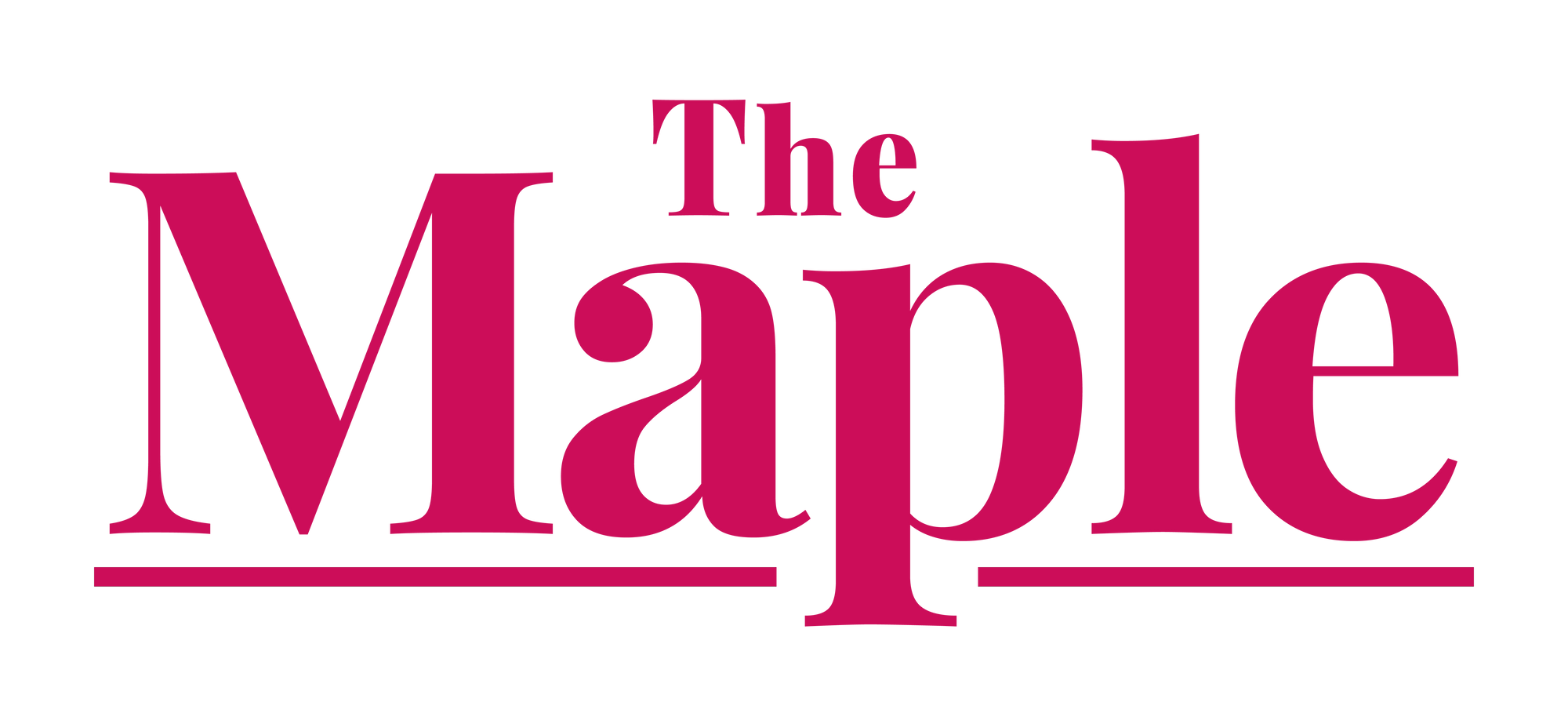
Earlier this month, Statistics Canada released data showing that the income gap between the wealthiest and poorest Canadian households has reached a record high.
In the first quarter of 2025, the income gap shot up to 49 percentage points from 43.8 percentage points in 2021.
The gap the statistical agency is measuring is the difference in disposable income between the top 40 per cent and bottom 40 per cent of households. “Income” includes all money earned from wages and salaries, government transfers, as well as income earned from interest-bearing assets, such as investments and savings.
The primary mechanism driving the observed income polarization, as StatCan’s summary of the data explains, is that “the highest income households gained from investments, while the lowest income households’ wages declined.”
In other words, we’re witnessing more of the same. The wealthiest amass more through higher salaries and passive income from capital, while workers face stagnating wages.
For middle-income households, results were mixed. While labour income moderated from a year earlier, it grew at roughly the same rate as the total household average. On the other hand, the middle-income group saw investment income fall slightly.
The top 20 per cent of households, by contrast, saw by far the biggest income gains. Relative to one year earlier, these earners increased their disposable income by 7.7 per cent, with wages up by 4.7 per cent and investment income up by 7.4 per cent.
The overall economic picture for low-income households is worsened by their earnings failing to keep pace with expenses. As StatCan notes, the wages of the lowest income households did not match the growth of expenditures, resulting in “net dis-saving” growth of 3.9 per cent. In comparison, earnings far outpaced expenses for the highest earning 20 per cent of households, resulting in a 9.6 per cent growth in savings.
Government should be helping to reduce income inequality through taxes and transfers. Instead, the new Liberal government is decisively moving in the opposite direction. After cancelling a planned capital gains tax increase, the Carney government’s tax cut plan would funnel the most benefits to the highest earners.
A widening income cap can directly contribute to Canada’s persistently troubling wealth gap. In the first quarter of 2025, the top 20 per cent of households held 64.7 per cent of all wealth, while the bottom 40 per cent accounted for just 3.3 per cent. Notably, this wealth gap grew from a year earlier, despite real estate values falling slightly. The richest hold more of their wealth as financial assets, so a fall in housing values tends to impact them less.
The youngest households saw their wealth grow the slowest as more young people exited the housing market. Despite falling mortgage interest costs, young households are increasingly unable to afford to buy a home, dragging down this group’s cumulative wealth.
The income gap has ratcheted up each year following the pandemic, as the economy has returned to ‘normal’ while temporary government supports were unwound in the midst of interest rate increases and a cost-of-living crisis. After a brief period in which government used its fiscal capacity to raise the incomes of the worst off and reduce inequality, we’ve returned to the status quo of widening polarization.
As StatCan’s release further shows, income inequality has grown despite debt-servicing costs falling. While the Bank of Canada moderated interest rates between April 2024 and March 2025, this did not translate into disposable income gains for working-class Canadians. Those who re-mortgaged their homes when interest rates were high continued to suffer the consequences of higher housing costs. Moreover, despite price increases for food, energy and other necessities slowing, this did not roll back sticker prices.
As well, while households in the bottom 40 per cent hold relatively limited savings, interest rate moderation also reduced the income they earned from saving and deposit accounts, further contributing to the income gap. For example, while the lowest income households paid an average of $107 less in interest payments in Q1 2025, they took in $399 less in “investment earnings” on average.
As StatCan explains, “Lower income households are more likely to benefit from declining interest rates, as they tend to be more indebted relative to higher income households. However, they also tend to have less diversified investment portfolios that focus on interest-bearing instruments rather than other forms of investments, such as equities.”
Yet, the most salient factor reducing the income share of the bottom 40 per cent has been moderating wage growth. The overall weakening of the labour market since 2023 helps explain why. Employment, unemployment and average wage growth have all trended in the wrong direction since early 2023.
According to the latest Labour Force Survey, employment ticked up only moderately to 60.9 per cent in June. This was the first employment gain since January and was mostly made up of part-time jobs. The bigger story is that the employment rate has tumbled 1.6 percentage points since January-April 2023, when it peaked at 62.5 per cent. Employment is now well below its pre-pandemic average.
Unemployment has also accelerated steadily since its record low of 4.8 per cent recorded in July 2022. It’s hovered between 6.6 to 7 per cent since November 2024, undermining the bargaining power of workers. Labour market softening is further evident in the troubling growth of long-term unemployment. Over the past year, those unemployed and looking for work for 27 weeks or more shot up by 4.1 percentage points to 21.8 per cent.
Labour market deterioration has predictably dragged down wages. Hourly wage growth has moderated considerably after holding steady at around 5 per cent on a year-over-year basis for many months in 2022. In June of this year, it was down to 3.2 per cent, or 1.4 per cent when adjusted for inflation. On a weekly basis, earnings across all employees grew by only 1.8 per cent between June 2024 and June 2025, in non-inflation adjusted terms.
As StatCan further notes as part of its Distribution of Household Economic Accounts release, the bottom 20 per cent of households have fared the worst in terms of income growth because they are the only group to experience a decline in average wage earnings, due in large part to a fall in hours worked.
Clearly, a key part of closing the income gap is raising the wages of workers, particularly those in the bottom 40 per cent of the income distribution. How to accomplish this is no mystery: more workers need access to collective bargaining to raise their wages. Workers need the bargaining power that only a union can offer.
A brief look at the union wage data bears this out. Although union wage gains have slowed somewhat from their post-pandemic height, collective bargaining continues to deliver the goods. In 2024, major wage settlements covering 500 or more workers averaged annual wage gains of 3.3 per cent, with first year increases of 4.8 per cent.
In Ontario specifically, ratified collective agreements averaged 4 per cent in the first quarter of 2025, unchanged from 2024. Moreover, union members enjoy greater job security and security of hours, so the kinds of weekly wage decreases that result from fewer hours are less likely with a union contract.
Comparing growth in average hourly wages by union status further drives home the advantages of collective bargaining.
According to StatCan data, from June 2024 to June 2025, average hourly wages for all union members grew by just shy of 4 per cent. For those without a union, that figure was only 2.7 per cent. Moreover, in June 2025, union members were earning an average of 9.7 per cent more on an hourly basis than non-union workers, up from 8.4 per cent in June 2024. The union wage advantage remains strong.
Unions continue to fight to make up for income lost during the pandemic. They remain the primary way that workers can make the income gains necessary to close the gap.
Imagine what could be done if more workers had access to union power.
Recent Class Struggle Issues
- July 21 | Amazon Workers In B.C. Have Won Union Certification
- July 14 | Uber Drivers Have Unionized For The First Time In Canada
- July 7 | CUPE Is Fighting The Zionist-Instigated Firing Of A Paramedic
- June 30 | The Scab Ban Is A Huge Win, But It Must Be Enforced







